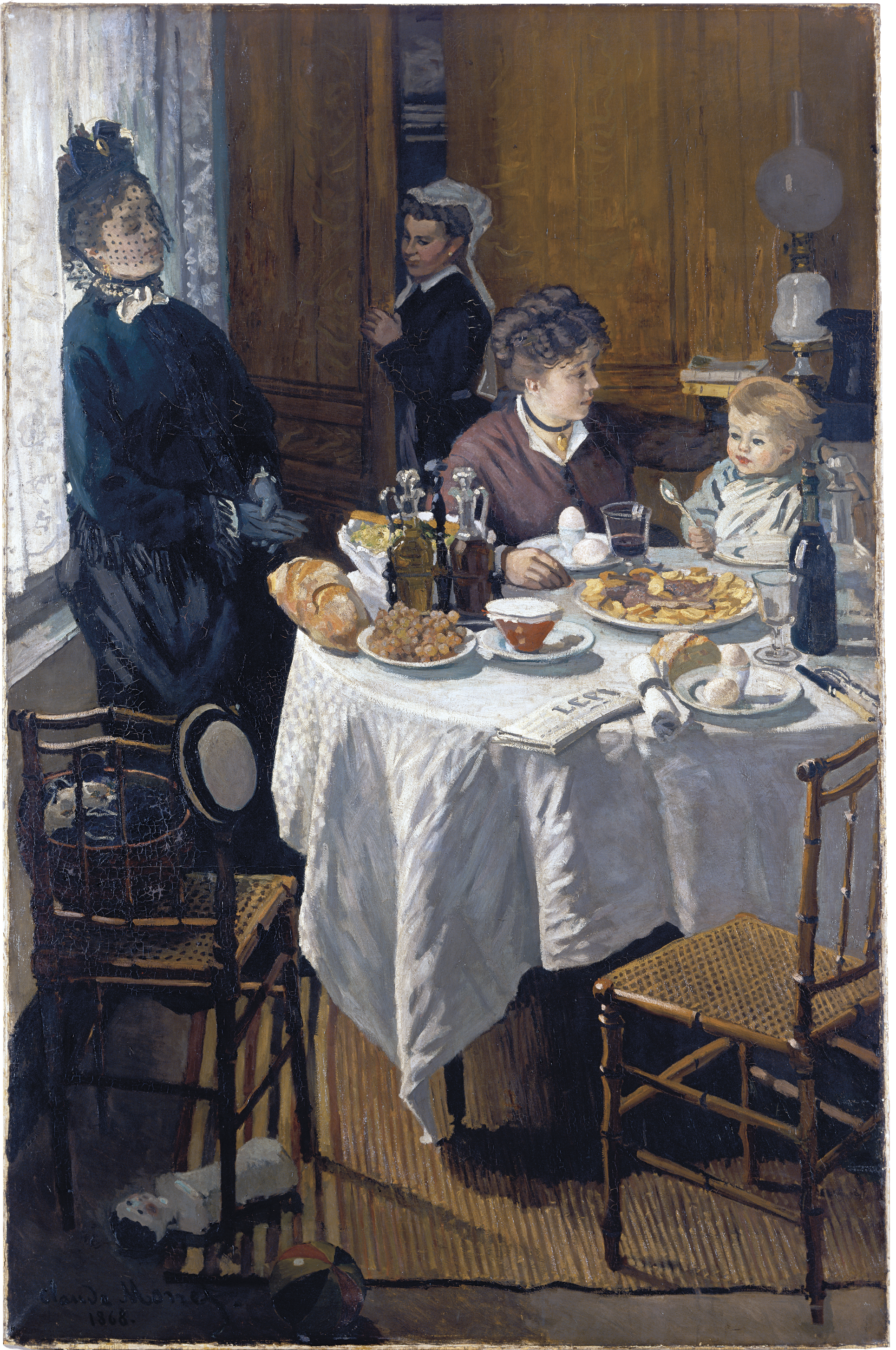Works Rejected by the Paris Salon

The Salon rejected this painting by Monet in 1870.
Claude Monet, The Luncheon, 1868–1869, oil on canvas, Staedel Museum, SG 170.
1 of 4

Paul Cezanne, Antony Valabrègue, 1866, oil on canvas, Collection of Mr. and Mrs. Paul Mellon, 1970.35.1
2 of 4


Edouard Manet, The Tragic Actor (Rouvière as Hamlet), 1866, oil on canvas, Gift of Edith Stuyvesant Gerry, 1959.3.1
4 of 4